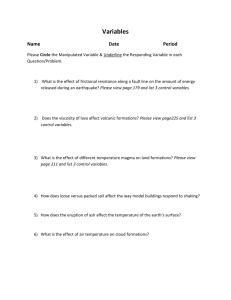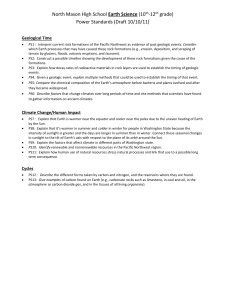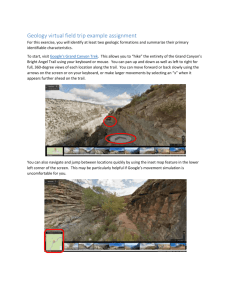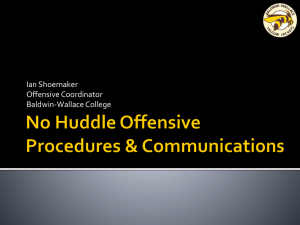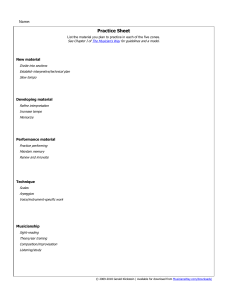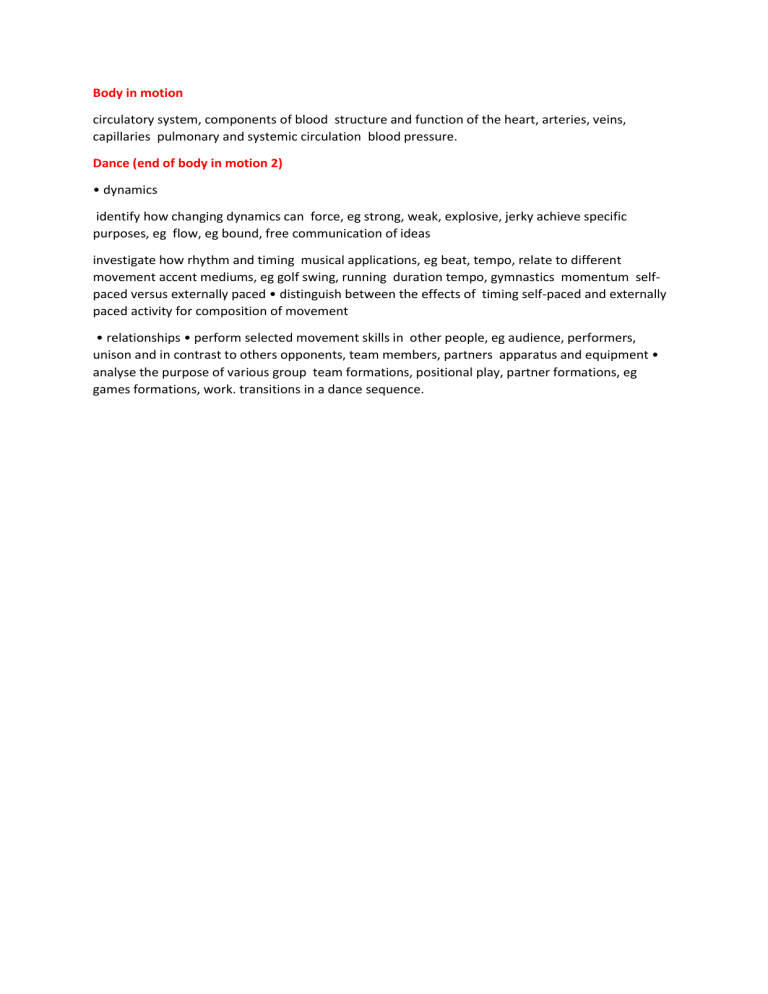
Body in motion circulatory system, components of blood structure and function of the heart, arteries, veins, capillaries pulmonary and systemic circulation blood pressure. Dance (end of body in motion 2) • dynamics identify how changing dynamics can force, eg strong, weak, explosive, jerky achieve specific purposes, eg flow, eg bound, free communication of ideas investigate how rhythm and timing musical applications, eg beat, tempo, relate to different movement accent mediums, eg golf swing, running duration tempo, gymnastics momentum selfpaced versus externally paced • distinguish between the effects of timing self-paced and externally paced activity for composition of movement • relationships • perform selected movement skills in other people, eg audience, performers, unison and in contrast to others opponents, team members, partners apparatus and equipment • analyse the purpose of various group team formations, positional play, partner formations, eg games formations, work. transitions in a dance sequence.
